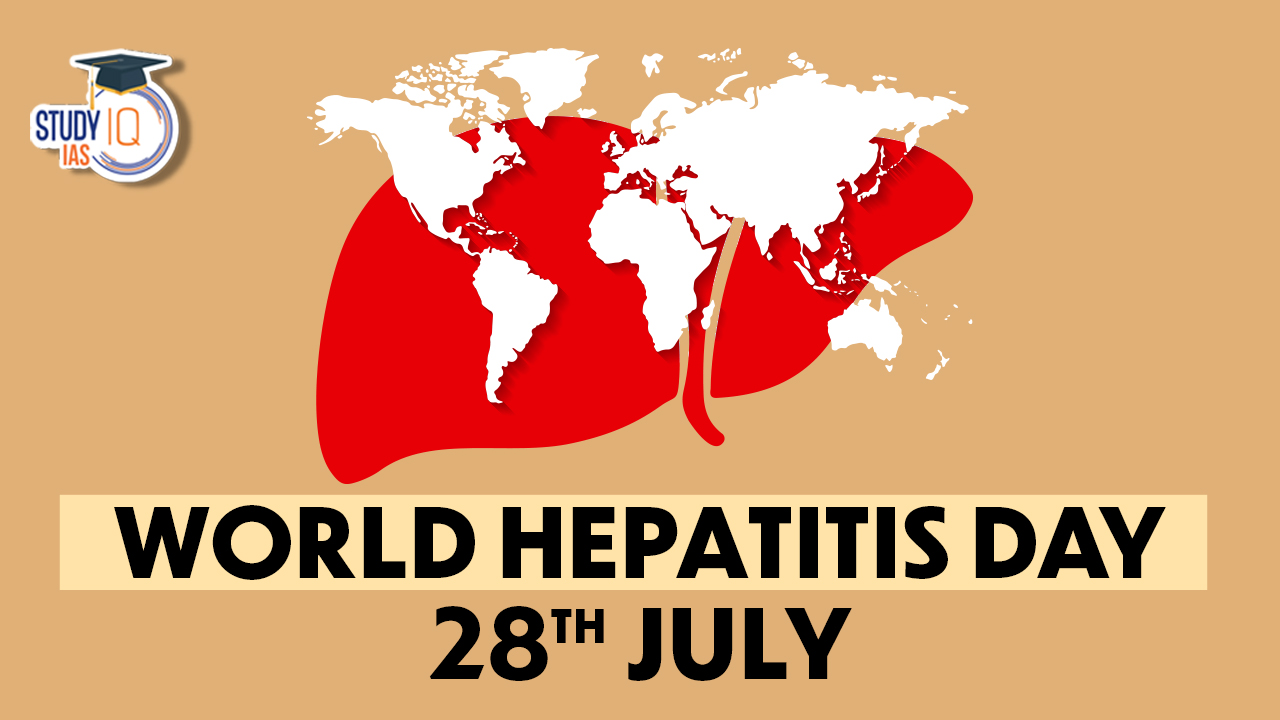Table of Contents
World Hepatitis Day 2025 is observed on Monday, July 28, with the global theme “Let’s Break It Down.” This annual observance, endorsed by the World Health Organization (WHO), aims to raise awareness about viral hepatitis—a group of infectious diseases that affect hundreds of millions worldwide and can lead to liver cirrhosis, liver cancer, and death if left untreated.
World Hepatitis Day plays a vital role in uniting the world’s population to take action and demand greater access to prevention, testing, and treatment.
World Hepatitis Day 2025: Date and Theme
-
Date: July 28, 2025 (Monday)
-
Theme: “Let’s Break It Down”
This year’s theme focuses on breaking down the barriers that hinder global progress toward eliminating hepatitis by 2030. These include social stigma, limited healthcare access, lack of awareness, and financial constraints that delay testing and treatment.
History of World Hepatitis Day
World Hepatitis Day is observed on July 28 to honor the birth anniversary of Dr. Baruch Samuel Blumberg, who:
-
Discovered the Hepatitis B virus in 1967
-
Developed the first effective Hepatitis B vaccine
-
Won the Nobel Prize in Physiology or Medicine in 1976
The day was officially recognized by WHO in 2010 as one of its 7 official global health campaigns, including World Health Day and World AIDS Day.
Why is World Hepatitis Day Important?
Global Burden of Hepatitis:
-
Over 354 million people worldwide are living with chronic hepatitis B or C.
-
It causes approximately 1.3 million deaths annually, making it one of the top infectious killers globally.
-
Many people remain undiagnosed and untreated, especially in low- and middle-income countries.
WHO’s 2030 Elimination Goal:
-
Reduce new infections by 90%
-
Reduce hepatitis-related deaths by 65%
-
Ensure 80% of eligible people receive treatment
World Hepatitis Day serves as a catalyst for action to reach these goals.
Top 10 Risk Factors for Hepatitis Infection
-
Unsafe blood transfusions without proper screening
-
Sharing of needles or syringes, especially among drug users
-
Unprotected sexual contact with an infected person
-
Mother-to-child transmission during childbirth
-
Consumption of contaminated food or water (Hepatitis A and E)
-
Lack of vaccination for hepatitis A or B
-
Sharing personal hygiene tools like razors or toothbrushes
-
Getting tattoos or piercings with unsterilised tools
-
Travel to hepatitis-prone regions without proper vaccination
-
Chronic alcohol use or pre-existing liver disease
Recognizing these risk factors is crucial for early prevention and health promotion.
Prevention and Control Measures
To curb hepatitis transmission, the following actions are recommended:
-
Vaccination against Hepatitis A and B
-
Safe injection and blood transfusion practices
-
Regular screening and early diagnosis
-
Harm reduction programs for drug users
-
Sanitation improvements in public and rural health systems
-
Health education campaigns to reduce stigma
India’s Role in Hepatitis Elimination
India has one of the highest burdens of viral hepatitis globally, particularly Hepatitis B and C. The Government of India launched the National Viral Hepatitis Control Programme in 2018 to:
-
Provide free diagnostics and antiviral therapy
-
Create awareness and train healthcare workers
-
Integrate hepatitis screening with existing health programs
Despite progress, challenges remain in rural outreach, public awareness, and vaccine coverage.
World Hepatitis Day 2025: Global Campaigns & Events
-
WHO, CDC, and other international bodies will conduct webinars, free testing camps, social media campaigns, and public outreach drives.
-
Non-profit organizations will host community awareness programs, especially in high-risk areas.
-
Hospitals and clinics are encouraged to offer discounted screenings and hepatitis education sessions.
Conclusion
World Hepatitis Day 2025 is not just a day of awareness—it’s a call to action. With the powerful theme “Let’s Break It Down,” the world is urged to dismantle every barrier standing in the way of hepatitis elimination. By recognizing the risk factors, supporting universal vaccination, and promoting early diagnosis and treatment, we can make the vision of a hepatitis-free future a reality.


 Securities Markets Code Bill 2025: Towar...
Securities Markets Code Bill 2025: Towar...
 Weakly Interacting Massive Particles (WI...
Weakly Interacting Massive Particles (WI...
 India–Oman Trade Deal: CEPA Signed to ...
India–Oman Trade Deal: CEPA Signed to ...

























